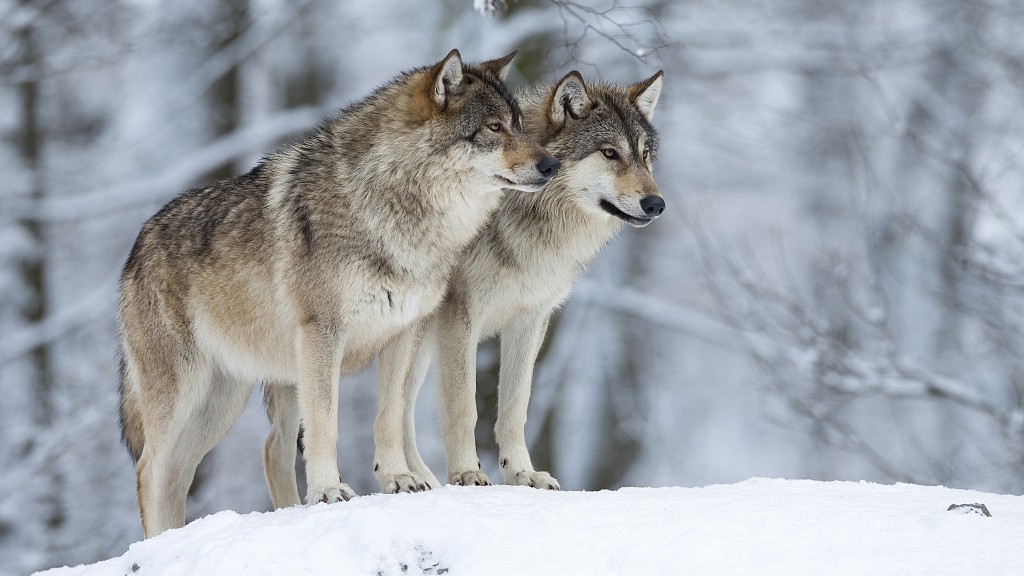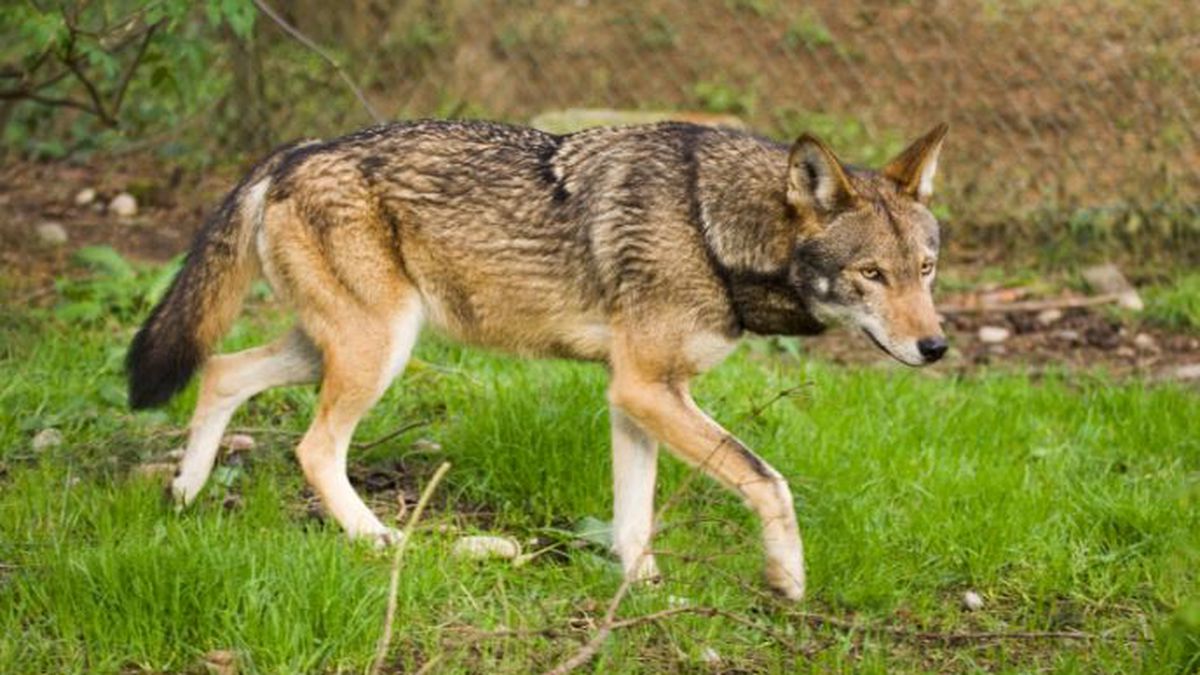"The Wolf: A Majestic Canine Icon of the Wilderness"
"The Wolf: A Majestic Canine Icon of the Wilderness"
Introduction:
The wolf, scientifically known as Canis lupus, is an apex predator that has long captivated human imagination with its intelligence, social structure, and role in ecosystems. In this article, we will delve into the physiology, behavior, ecological significance, and conservation status of this majestic carnivore.
1. Physiology and Morphology:
Wolves are large carnivores characterized by their robust bodies, bushy tails, and distinctive howling vocalizations. They have powerful jaws lined with sharp teeth adapted for hunting and consuming prey. Their fur varies in color from gray to brown, with white patches on the throat, chest, and underside. Wolves also possess keen senses of sight, smell, and hearing, enabling them to navigate their environment and detect prey over long distances.
2. Behavior and Social Structure:
Wolves are highly social animals that live in cohesive family units known as packs. Each pack typically consists of a breeding pair, their offspring, and occasionally other related individuals. Pack dynamics are complex, with hierarchical structures and cooperative behaviors observed during hunting, pup rearing, and territory defense. Communication within packs is facilitated through a variety of vocalizations, body postures, and scent marking.
3. Feeding Ecology and Hunting Strategies:
Wolves are opportunistic predators with a diverse diet that includes ungulates such as deer, moose, and elk, as well as smaller mammals like rodents and rabbits. They employ a variety of hunting strategies, including cooperative pursuit, ambush predation, and scavenging. Pack hunting allows wolves to target larger prey species and increase their hunting success through coordinated tactics and teamwork.
4. Ecological Significance:
As apex predators, wolves play a crucial role in maintaining the health and balance of ecosystems. By controlling prey populations and influencing prey behavior, wolves help regulate plant communities and prevent overgrazing in their habitats. Their presence can also have cascading effects on other species, leading to increased biodiversity and ecosystem resilience.
5. Conservation Status and Threats:
Wolves face numerous threats to their survival, including habitat loss, persecution by humans, and conflicts with livestock owners. Historically, wolves were persecuted and exterminated from many parts of their range due to misconceptions and fear. Although conservation efforts have led to the recovery of some wolf populations in certain regions, they remain endangered or threatened in others. Continued conservation measures, habitat protection, and public education are essential for ensuring the long-term survival of wolves.
Conclusion:
The wolf stands as a symbol of wilderness and resilience, embodying the intricate balance of nature's ecosystems. As we strive to coexist with these magnificent creatures, it is imperative that we recognize and respect their ecological importance and implement effective conservation strategies to safeguard their future. By conserving wolves and their habitats, we not only preserve a keystone species but also uphold the integrity and beauty of our natural world for generations to come.
Kaynakça
- ^ Tedford, Richard H.; Wang, Xiaoming; Taylor, Beryl E. (Eylül 2009). "Phylogenetic Systematics of the North American Fossil Caninae (Carnivora: Canidae)". Bulletin of the American Museum of Natural History. 2009 (325): 1-218. doi:10.1206/574.1. ISSN 0003-0090.
- ^ Linnæus 1758.
- ^ Şablon:OEtymD
- ^ Linnæus 1758, ss. 39-40.
- ^ Clutton-Brock 1995, s. 7.
- ^ "Wolves And Ravens; A Fascinating Relationship (Photos)" (İngilizce). White Wolf Pack. Haziran 2015. 30 Eylül 2020 tarihinde kaynağından arşivlendi. Erişim tarihi: 21 Ekim 2020.
- ^ "Arşivlenmiş kopya". 1 Eylül 2021 tarihinde kaynağından arşivlendi. Erişim tarihi: 1 Eylül 2021.









































